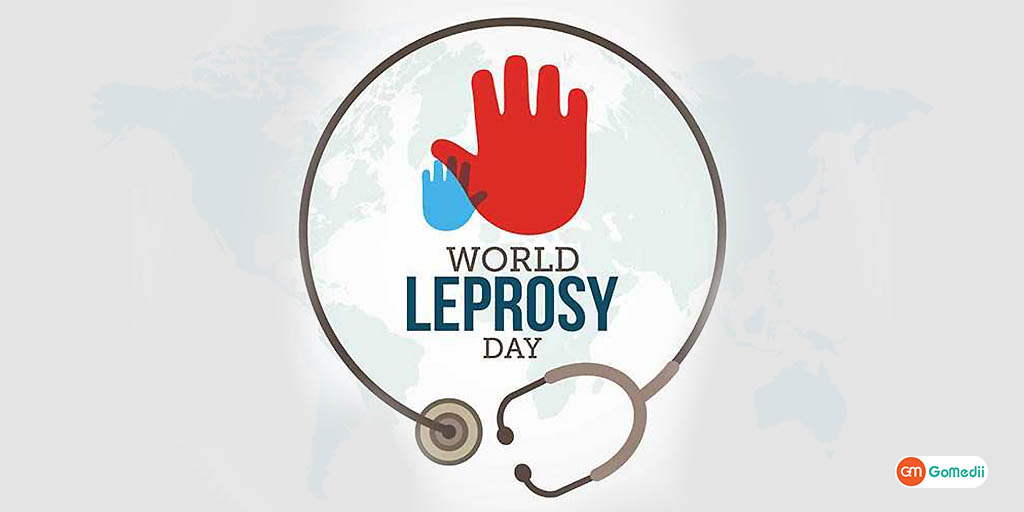NEW DELHI: India may have intensified its vigil against leprosy but its efforts to trace cases in the hinterland, particularly people in the mountain areas, are not sufficient, says WHO’s goodwill ambassador against the disease Yohei Sasakawa.
A leprosy eradication programme should be included in the school curriculum to ensure widespread awareness about the stigmatic disease, said Sasakawa, who was awarded the Gandhi Peace Prize last year for his fight against leprosy, especially in India.
“India has a huge population and I recognise that its efforts to reach some population groups, like those in the mountains or say the tribal population, are probably not sufficient,” Sasakawa said in an interview.
“But relatively speaking I think the measures India is taking against the disease today are the most advanced in the world,” the Japan-based Sasakawa, who is on an India visit, added.
Thursday is World Leprosy Day.
According to the World Health Organisation, India has the highest number of new cases of leprosy in the world annually, followed by Brazil and Indonesia. India reported 135,485 new cases in 2016, which is 63 per cent of the 214,783 new cases reported globally.
India officially eliminated leprosy, an infectious disease caused by mycobacterium leprae, in 2005 by bringing the prevalence rate below 1/10,000 at the national level.
However, it has not been able to eradicate the disease despite having it as a national target.
According to WHO, eradication refers to complete and permanent world-wide reduction to zero new cases of the disease through deliberate efforts. Elimination requires continuous efforts to prevent re-establishment of disease transmission.
New cases have been reported from several parts of India, especially the rural belts of Bihar, Lakshadweep, Dadra and Nagar Haveli. All the cases were attributed to late diagnosis.
According to Sasakawa, leprosy was for a long time treated as a special disease with diagnosis and treatment taking place at specialised hospitals and this contributed to discrimination.
“WHO has worked to reform this so that leprosy is integrated with other diseases and can be diagnosed and treated at general hospitals. From what I have seen during my travels around India, this is not happening. I look forward to seeing more integration,” Sasakawa said.
He said leprosy patients face discrimination even after they get cured.
His Nippon Foundation supports the resolution of medical issues by backing activities related to detecting new patients and providing medical treatment in India through WHO.
Sasakawa helped establish the Association of People effected by Leprosy and has led several advocacy programmes in India. His latest initiative is raising pensions for those living with severe disabilities and working for improving their living environment.
“Until 15 years ago, the major focus was eradication of leprosy. But now another problem has come up and it is the stigma against leprosy patients even after they get cured. People in society are not ready to accept them,” Sasakawa said.
The 81-year-old social entrepreneur said it was important for the country to give more focus to leprosy eradication programmes.
“If I get a chance I would definitely meet Prime Minister Narendra Modi and urge him to make the leprosy eradication programme a massive one like the Swachh Bharat Abhiyan so that there is focus. Also, lessons related to leprosy should be included in the school curriculum so as to remove the stigma,” Sasakawa, who will be visiting Gujarat, said.
According to the Ministry of Health and Family Welfare, as of March 2018, Dadra and Nagar Haveli reported 202 new cases of leprosy, followed by 6,499 in Chhattisgarh, 15 in Lakshadweep, 6,325 in Odisha, 14,338 in Bihar and 3,979 in Jharkhand.
The government initiated the leprosy control programme in 1955 which was revised as National Leprosy Eradication Programme (NLEP) in 1983.
Recently, the Health ministry introduced several programmes for early case detections, such as Leprosy Case Detection Campaign, Focused Leprosy Campaign and Sparsh Leprosy Awareness Campaign.
Sasakawa called for a change in the mindset of people in India towards leprosy patients. He said only children can bring change in society.
Asked if he wanted the Indian government to increase the budget allocation for leprosy-related programmes, he said he is quite satisfied with its attitude but wanted state governments to escalate their efforts.
“Free medicines are already being provided to newly-detected patients. I hope the government will continue to intensity its efforts,” he said.
On being asked about new cases being detected despite the government’s efforts and the NLEP programme, Sasakawa said, “India is a vast country. It is not easy to provide coverage to every part within a fixed duration. However, health workers are making every attempt to reach out to people with leprosy and that is why new cases are coming to light.”
He appreciated the role being played by ASHA workers to extend government’s programmes to the needy.
“This ASHA system is unique in the entire world. It is because of their role that new cases are coming to light… They are a boon,” Sasakawa, who initiated a global appeal to end stigma against leprosy patients in 2006, said. (AGENCIES)
Trending Now
E-Paper


